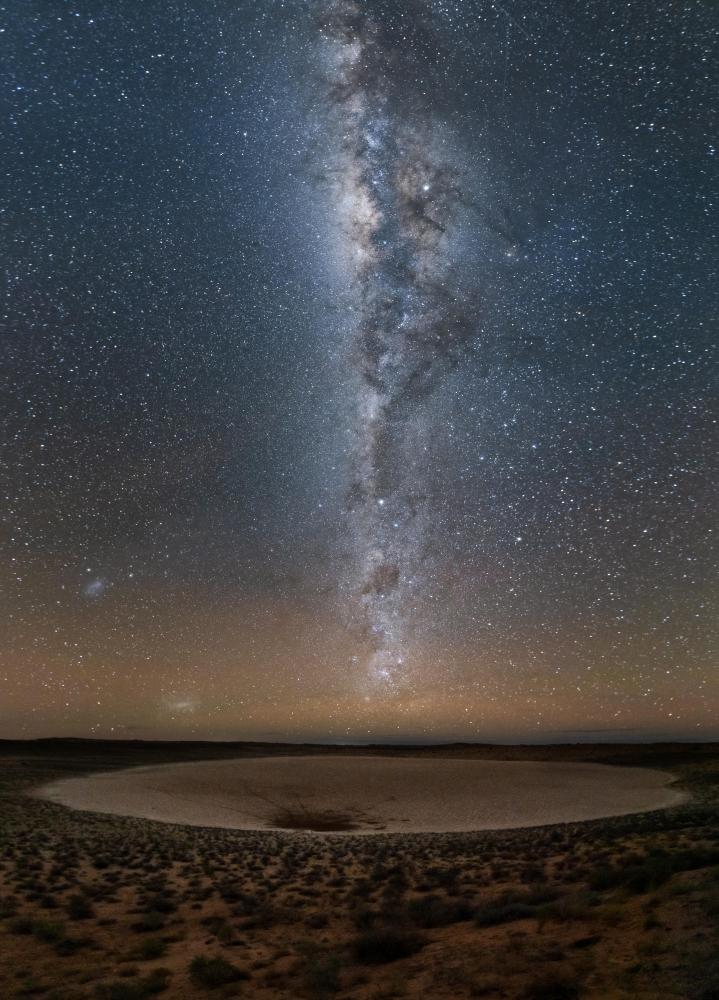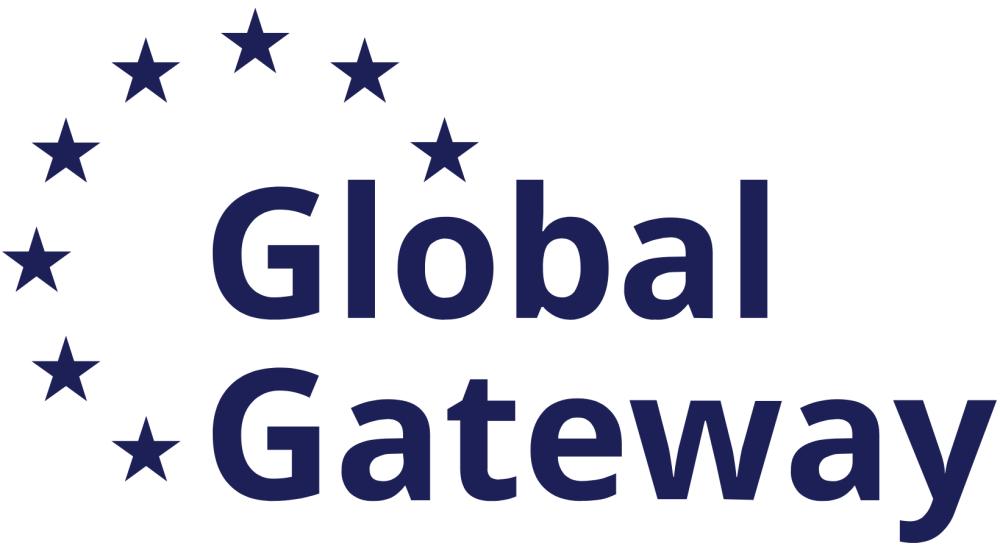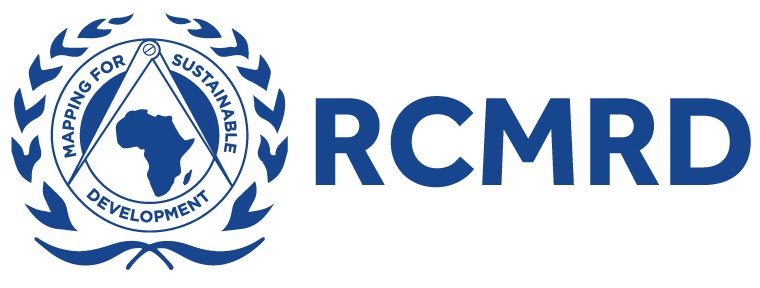 Translate
Translate
News
!Ae!Hai Kalahari Park Dark Sky Sanctuary: Protecting Natural Darkness in a Transfrontier Landscape
19 November 2025

Name: !Ae!Hai Kalahari Heritage Park
Countries: South Africa and Botswana
Surface Area: ~50 000 ha within the South African sector of the Kgalagadi Transfrontier Park
Year of formal TB agreement: 1999 (Kgalagadi Transfrontier Park Treaty)
International designations: UNESCO ǂKhomani Cultural Landscape (World Heritage Site); International Dark Sky Sanctuary (DarkSky International)
Countries: South Africa and Botswana
Surface Area: ~50 000 ha within the South African sector of the Kgalagadi Transfrontier Park
Year of formal TB agreement: 1999 (Kgalagadi Transfrontier Park Treaty)
International designations: UNESCO ǂKhomani Cultural Landscape (World Heritage Site); International Dark Sky Sanctuary (DarkSky International)
Case Study
The !Ae!Hai Kalahari Heritage Park is co-managed by the ǂKhomani San, the Mier community and SANParks through a Joint Management Board. Within this protected landscape lies Africa’s first International Dark Sky Sanctuary, a rare designation that places ecological integrity, cultural heritage and low-impact tourism at the centre of transboundary conservation. The Sanctuary sits inside the Kgalagadi Transfrontier Park, where South Africa, Botswana and Namibia meet across one of the most intact arid ecosystems in the world.
Natural darkness is a habitat in its own right. Around 70% of mammals are nocturnal, and artificial light disrupts foraging, migration and breeding behaviour across borders. Managing light at night is therefore a measurable conservation tool for TFCAs, particularly in ecosystems where wildlife ranges freely between countries. Protecting darkness is low-cost compared to major infrastructure interventions, although retrofitting older lighting systems still requires investment. Many protected areas overlook this opportunity because dark skies are often associated with astronomy rather than biodiversity. Within the UNESCO-listed ǂKhomani Cultural Landscape, maintaining natural darkness also reinforces cultural integrity, ensuring that land and knowledge remain connected to the rhythms of the night. The Sanctuary demonstrates that light management is an essential and scalable practice for sustaining ecological processes in shared landscapes.
!Xaus Lodge, the only source of artificial light in the Heritage Park, is managed by Transfrontier Parks Destinations (TFPD). They have overseen Dark Sky certification since the beginning and continue to manage monitoring, compliance and annual reporting that keep the Sanctuary in good standing. All external lights are shielded, low-wattage and warm-spectrum, and interior lighting relies on minimal solar-powered systems. These measures maintain some of the darkest scientifically measured skies in Africa, consistently recording 21.7–21.8 SQM. The annual Sanctuary reports have been led for five years by a woman project manager working with the woman chairperson of the JMB, strengthening gender-responsive governance in a traditionally male-dominated landscape.
The community-owned lodge employs more than 95% local staff, and revenue streams flow directly to the land claimant communities. Youth enter the lodge and progress into hospitality or guiding roles, including recent participation in a regional AstroTourism programme. Several have moved into permanent conservation roles elsewhere in the TFCA, contributing to long-term capacity.
Growing interest in dark-sky tourism across Southern Africa is creating wider support for desert conservation. As pressure on transboundary ecosystems intensifies, the !Ae!Hai Kalahari Park Dark Sky Sanctuary offers a practical and replicable model: protecting the night is a simple, culturally adaptable way to safeguard biodiversity across shared landscapes.
For more information contact: Eleanor Muller on eleanor@tfpd.co.za
The !Ae!Hai Kalahari Heritage Park is co-managed by the ǂKhomani San, the Mier community and SANParks through a Joint Management Board. Within this protected landscape lies Africa’s first International Dark Sky Sanctuary, a rare designation that places ecological integrity, cultural heritage and low-impact tourism at the centre of transboundary conservation. The Sanctuary sits inside the Kgalagadi Transfrontier Park, where South Africa, Botswana and Namibia meet across one of the most intact arid ecosystems in the world.
Natural darkness is a habitat in its own right. Around 70% of mammals are nocturnal, and artificial light disrupts foraging, migration and breeding behaviour across borders. Managing light at night is therefore a measurable conservation tool for TFCAs, particularly in ecosystems where wildlife ranges freely between countries. Protecting darkness is low-cost compared to major infrastructure interventions, although retrofitting older lighting systems still requires investment. Many protected areas overlook this opportunity because dark skies are often associated with astronomy rather than biodiversity. Within the UNESCO-listed ǂKhomani Cultural Landscape, maintaining natural darkness also reinforces cultural integrity, ensuring that land and knowledge remain connected to the rhythms of the night. The Sanctuary demonstrates that light management is an essential and scalable practice for sustaining ecological processes in shared landscapes.
!Xaus Lodge, the only source of artificial light in the Heritage Park, is managed by Transfrontier Parks Destinations (TFPD). They have overseen Dark Sky certification since the beginning and continue to manage monitoring, compliance and annual reporting that keep the Sanctuary in good standing. All external lights are shielded, low-wattage and warm-spectrum, and interior lighting relies on minimal solar-powered systems. These measures maintain some of the darkest scientifically measured skies in Africa, consistently recording 21.7–21.8 SQM. The annual Sanctuary reports have been led for five years by a woman project manager working with the woman chairperson of the JMB, strengthening gender-responsive governance in a traditionally male-dominated landscape.
The community-owned lodge employs more than 95% local staff, and revenue streams flow directly to the land claimant communities. Youth enter the lodge and progress into hospitality or guiding roles, including recent participation in a regional AstroTourism programme. Several have moved into permanent conservation roles elsewhere in the TFCA, contributing to long-term capacity.
Growing interest in dark-sky tourism across Southern Africa is creating wider support for desert conservation. As pressure on transboundary ecosystems intensifies, the !Ae!Hai Kalahari Park Dark Sky Sanctuary offers a practical and replicable model: protecting the night is a simple, culturally adaptable way to safeguard biodiversity across shared landscapes.
For more information contact: Eleanor Muller on eleanor@tfpd.co.za
More information: https://www.tfpd.co.za/










